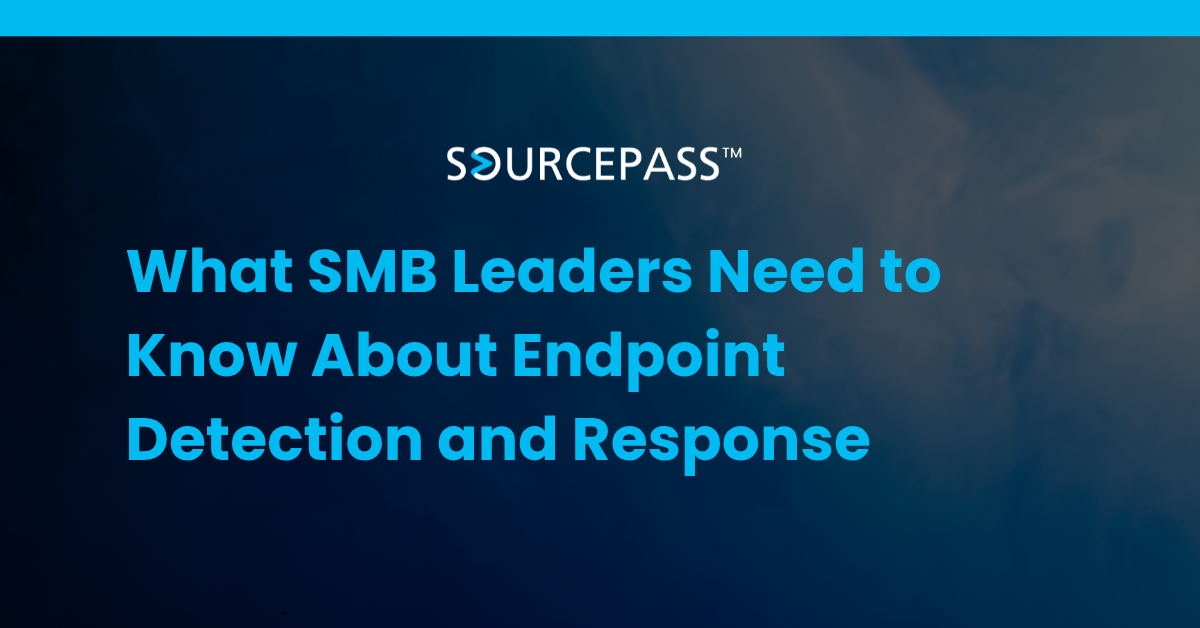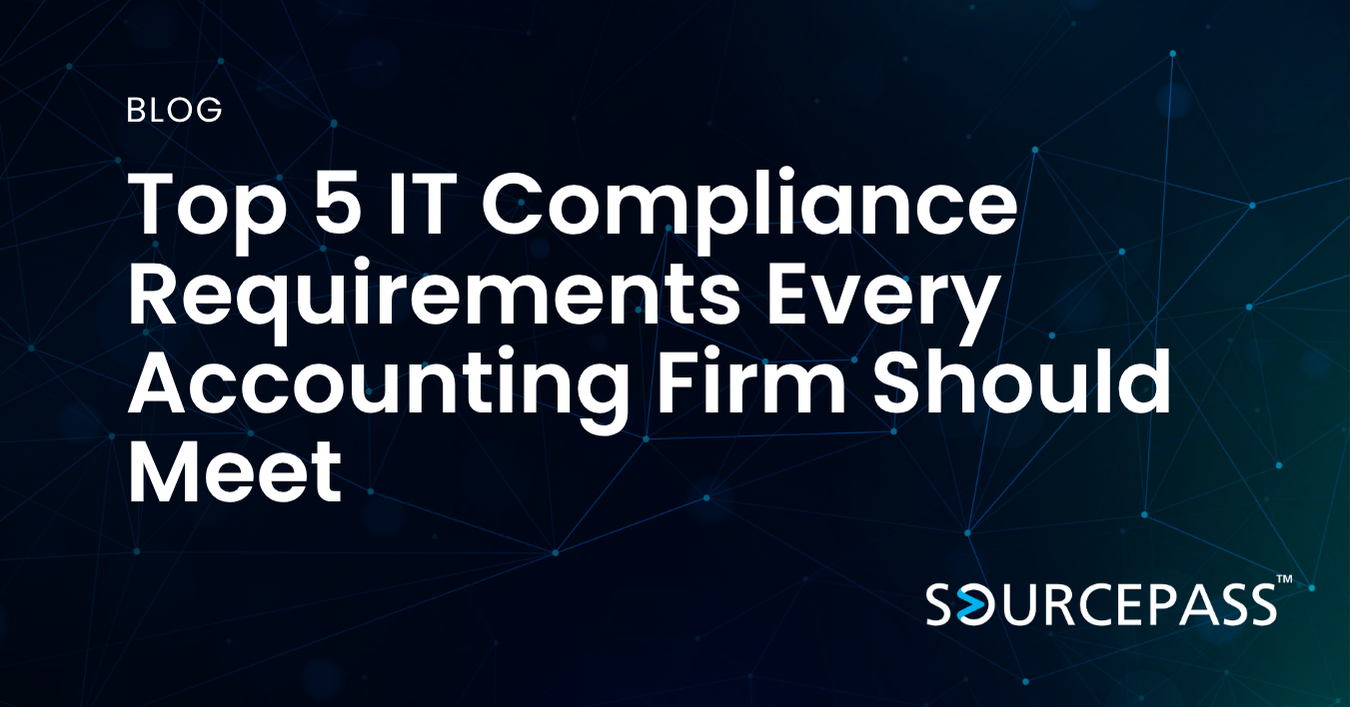What SMB Leaders Need to Know About Endpoint Detection and Response
Oct 09, 2025 Alex Davis Cybersecurity | Data Protection | Endpoint Management 2 min read



Small and midsize businesses face the same cyber threats as large enterprises, but often without the same security resources. Standard antivirus software is no longer enough. Cyberattacks have evolved, and today’s threats move quickly, disguise themselves, and exploit everyday user activity. Endpoint Detection and Response (EDR) has become a critical layer of business protection, offering the visibility, automation, and real-time threat response that traditional tools lack.
This guide explains what EDR is, why it matters, and how solutions like Microsoft Defender for Business and SentinelOne help safeguard modern SMB environments.
What Is EDR and How Is It Different from Antivirus?
Antivirus tools react when known threats are detected. They rely on signatures and definitions, which means they only block what they already recognize. EDR goes beyond detection. It continuously monitors endpoints—laptops, desktops, servers, and mobile devices—for suspicious behavior, even if the threat is unknown or has never been seen before.
Key advantages of EDR over antivirus:
-
Behavioral analytics to detect real-time anomalies
-
Automated response actions, such as isolating infected devices
-
Forensic investigation to trace how the attack began
-
Integration with broader security platforms
Why SMBs Need EDR for Endpoint Security
Cybercriminals increasingly target SMBs because they know defenses are often limited. A single compromised device can lead to ransomware, data theft, or operational shutdown. EDR helps close these gaps by adopting a proactive security stance.
Business benefits of EDR include:
-
Real-time attack prevention and response
-
Reduced downtime and business disruption
-
Early detection of lateral movement across systems
-
Strengthened compliance and cyber insurance readiness
Microsoft Defender vs. SentinelOne: EDR Options for SMBs
Both Microsoft Defender for Business and SentinelOne offer powerful EDR capabilities, but each has strengths depending on business size, IT staffing, and integration needs.
| Feature | Microsoft Defender for Business | SentinelOne |
|---|---|---|
| Integration | Native to Microsoft 365 | Platform-agnostic |
| Automation | Strong with Microsoft ecosystem | Strong AI-driven automation |
| Visibility | Cloud and identity integration | Deep endpoint analytics |
| Ideal For | Microsoft-centric SMBs | Diverse or mixed environments |
An experienced IT partner can deploy and manage either solution, aligning configuration with your operational needs and compliance requirements.
How EDR Fits Into a Layered Security Strategy
EDR is one layer within a full cybersecurity framework. It should work alongside:
-
Email Security to block phishing attacks
-
Firewalls to secure network traffic
-
Backup and Recovery to restore systems after breaches
-
Identity Protection to prevent unauthorized access
Having tools in place is not enough—coordination and active management are essential to stop threats before they become incidents.
Implementing EDR Without Overwhelming Your IT Team
Deploying EDR does not need to be complicated. Managed service providers can configure policies, monitor alerts, and handle response actions on your behalf. This ensures your endpoints are protected around the clock without requiring an in-house security team.
FAQ: EDR for SMBs
What types of businesses need EDR?
Any SMB handling sensitive data, remote work devices, or cloud applications can benefit from EDR. It is especially critical for industries like finance, legal, healthcare, and professional services.
Can EDR replace antivirus software?
EDR includes advanced antivirus capabilities, but it is not just a replacement — it is an evolution. It delivers real-time visibility, automated remediation, and behavioral detection beyond traditional AV tools.
Is EDR difficult to manage for small teams?
Not with managed solutions. Many SMBs use EDR through managed security services to avoid alert fatigue and ensure 24/7 protection.
Does EDR protect against ransomware?
Yes. EDR is one of the most effective tools against ransomware because it detects unusual encryption behavior and can isolate compromised devices before data is lost.
How does EDR impact compliance and cyber insurance?
Carriers and auditors increasingly require EDR as part of minimum security standards. It improves eligibility for cyber insurance and simplifies compliance reporting.
Ready to strengthen your security foundation?
EDR is no longer optional. It is a necessary investment in business continuity, protection, and trust. A strategic deployment through a trusted IT partner ensures your endpoints are prepared for the threats of today and tomorrow.
Subscribe To
Sourcepass Insights
Sourcepass Insights
Stay in the loop and never miss out on the latest updates by subscribing to our newsletter today!
.png?width=500&height=100&name=White%20Logo%20-%20Transparent%20Tag%20(3).png)



